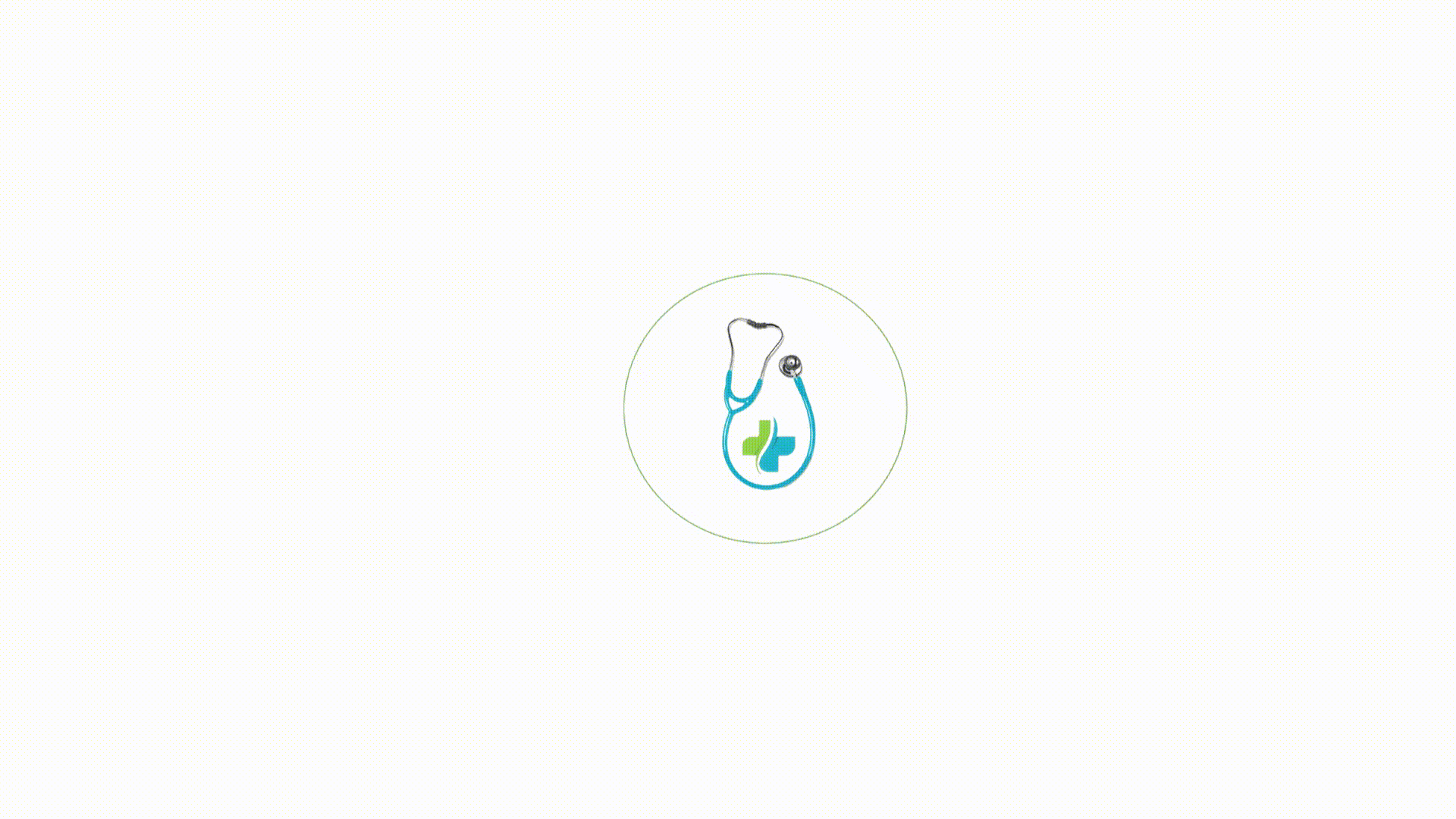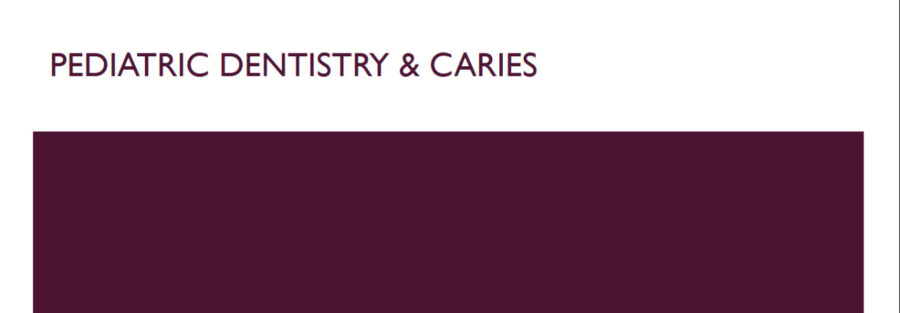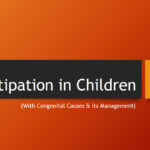Introduction to pediatric dentistry and Caries in children
Pediatrics is part of the health care that deals with infants, children through adolescence along with those with special needs
Pediatric dentistry is such a speciality in which you deal with oral health necessities of above mentioned. The American Association of Pediatric Dentistry (AAPD) defined this field as
Pediatric dentistry is an age defined speciality that provides both primary and comprehensive, preventive, & therapeutic oral health care for infants and other children through adolescence, including those with special care needs.
Even though the definition talks only about infants and children it is not all that a pediatric specialist should be considered of and should advice and instruct the parents from the in utero stage of the development, and along with educating children about oral health and hygiene a proficient clinician should counsel the parents with oral health care of the children.
Caries in Children
Caries in children develop mostly through the same process as adults and share the same etiologic factors but there are additional factors like improper feeding habits and lack of awareness about oral hygiene routine in infants and children.
Early childhood caries
The AAPD defines the disease if Early Childhood Caries is the presence of one or more decayed, missing, or filled tooth surfaces in any primary tooth in a child of 71 months of age or younger.
Primary etiological risk factors for Early childhood caries include dental plaque, bacteria, infant feeding pattern- that is child with bed bottle habit, tooth brushing, saliva, human milk etc.,.
Secondary etiological factors include immunological factors, tooth maturation, socioeconomic status, and knowledge about primary oral health care
Rampant caries
Massler in 1945 defined rampant caries as suddenly appearing widespread, rapidly spreading, burrowing, type of caries resulting in early involvement of pulp and affecting those teeth, which are usually regarded as immune to decay.
These are more common clinically in maxillary teeth and mandibular posteriors but usually exempted in mandibular anteriors as they are frequently cleaned by saliva secreted by sublingual salivary gland.
Nursing bottle caries
These are a form of rampant caries that has a unique pattern in very young children due to prolonged and improper feeding habits.
Management of caries in children
Treatment can be divided into three visits
First visit : This phase of treatment constitute treatment of the lesion identification of the cause for counseling of parents
- All lesions should be excavated and restored
- Indirect pulp capping, pulp therapy and abscess drainage if present should be done
Parent counseling should include questions about child’s feeding habits especially regarding use of nocturnal bottles, demand for breastfeeding, pacifiers dipped in sweetening agents
The parents are asked to try and stop using bottles as pacifiers for bed and sweetened pacifiers for nocturnal use.
Second visit : It should be one week after the first visit in which the diet and oral hygiene practices should be analysed and progress of disease should be recorded and explained to parents and further treatment is planned.
Third and subsequent visits : IN this restoration of grossly decayed teeth, endodontic treatments and extractions should be done followed by space maintenance. Review and recall every three months.
Contributor- Medico Prashams Chandra Kulkarni




